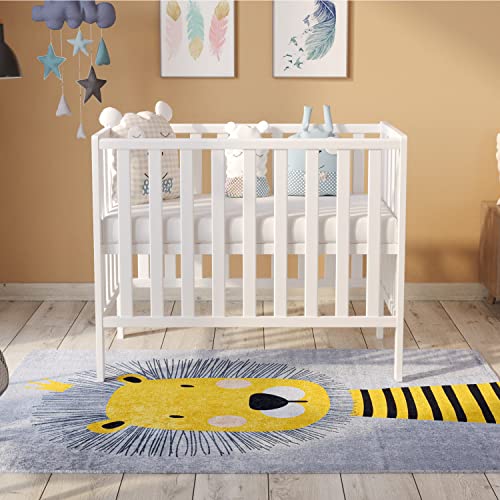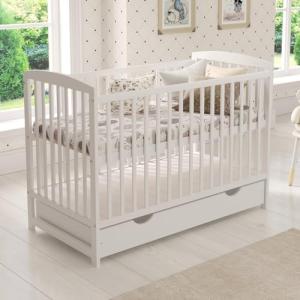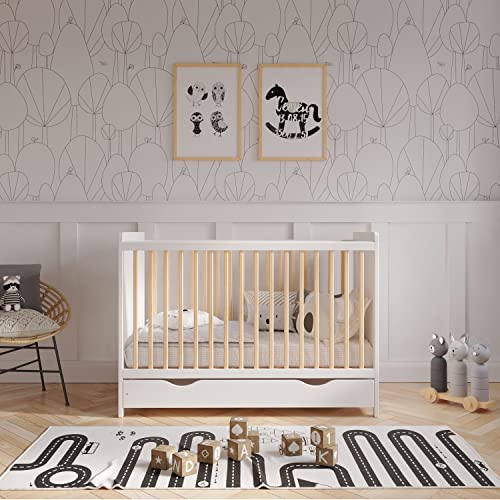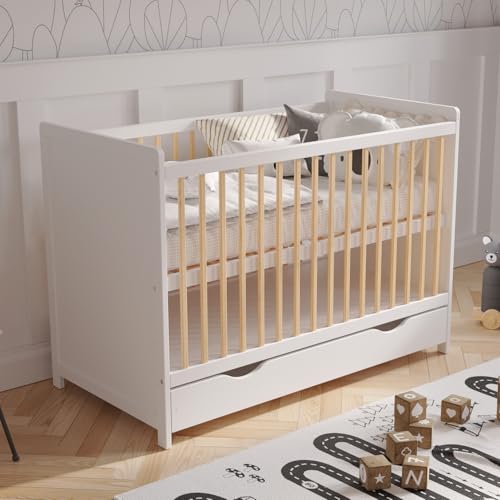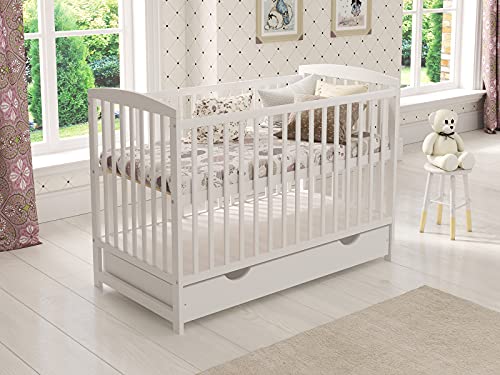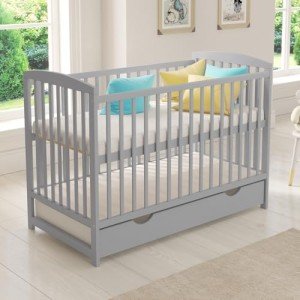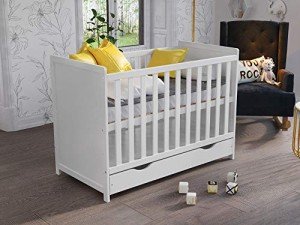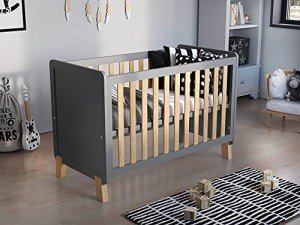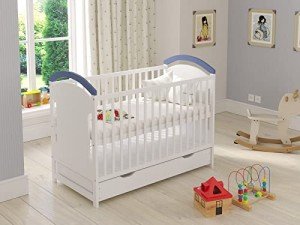In the journey of parenthood, few things are as delightful (and sometimes challenging) as ensuring that little ones get the restful sleep they need. Sleep is vital for the development of infants and toddlers, and as parents explore their options, sleep cots are often considered a solution for nap time and nighttime slumber. This guide delves into the various aspects of sleep cots, offering insights and guidance for parents looking to provide their child with a comfortable and safe sleep environment.
What is a Sleep Cot?
A sleep cot, commonly known as a crib or cot bed, serves as a designated sleeping space for babies and toddlers. It is designed to provide a safe and secure place for children to sleep while promoting healthy sleep habits.
Features of Sleep Cots
| Feature |
Description |
| Safety Standards |
Must adhere to safety regulations that minimize the risk of suffocation or falls. |
| Adjustable Mattress Height |
Allows parents to adjust the height as the child grows, making it easier to lift the child in and out. |
| Convertible Designs |
Some cots can convert into toddler beds, extending their lifespan and usefulness. |
| Material and Finish |
Often made from wood or metal, painted with baby-safe finishes that are durable and non-toxic. |
| Portability |
Some models are lightweight or foldable, making them easy to transport. |
Why Parents Choose Sleep Cots
Parents are drawn to sleep cots for several reasons. Understanding these reasons can provide insight into making the most suitable choices for their child’s sleep setup.
Reasons for Choosing Sleep Cots
-
Safety and Comfort: Sleep cots are designed with safety features such as rounded edges, non-toxic materials, and sturdy construction. Parents can rest easier knowing their child is safe while sleeping.
-
Establishment of Routine: A designated sleep space helps children associate the cot with sleep time, promoting a healthy sleep routine.
-
Versatility: As mentioned earlier, some cots can be converted into toddler beds. This adaptability allows parents to prolong the use of the cot as their child grows.
-
Space Efficiency: Sleep cots come in various sizes, making them suitable for different living environments, whether it’s a cozy apartment or a spacious nursery.
-
Portable Options: Some parents may travel frequently or wish to have a cot in multiple locations. Portable sleep cots provide a great solution.
Popular Types of Sleep Cots
Before making a final selection, it’s beneficial to understand the different types of sleep cots available on the market:
| Type |
Description |
Best For |
| Standard Cribs |
Traditional cribs with fixed sides, ideal for newborns to toddlers. |
Long-term use |
| Convertible Cribs |
Cribs that can transform into toddler beds or daybeds, suitable for extended use. |
Growing children |
| Portable Sleep Cots |
Lightweight and foldable cots that are easy to transport. |
Travel and vacations |
| Co-Sleepers |
Attach to the parents’ bed, allowing for close proximity during sleep. |
Parents preferring co-sleeping |
| Travel Cribs |
Designed for on-the-go parents; quick setup and takedown, perfect for trips. |
Frequent travelers |
Top Brands of Sleep Cots
Choosing the right brand can make a significant difference in quality and safety. Here are some of the top brands known for their excellent sleep cots:
| Brand |
Description |
Special Features |
| Babyletto |
Offers modern designs with sustainable materials. |
Eco-friendly finishes, adjustable mattress height. |
| Graco |
Known for affordability and safety features. |
Budget-friendly, travel cots available. |
| IKEA |
Provides functional designs at a reasonable price. |
Simple assembly, great for small spaces. |
| Pali |
Focuses on high-quality craftsmanship and safety. |
Convertible designs with emphasis on aesthetics. |
| Delta Children |
Features a wide range of styles and colors. |
Budget-friendly, many safety features included. |
FAQs About Sleep Cots
1. When should I transition my baby from a crib to a toddler bed?
The American Academy of Pediatrics (AAP) recommends transitioning your child when they are 2 to 3 years old or when they start climbing out of the crib. There is no strict timeline; you know your child's readiness best.
2. How can I ensure my baby sleeps safely in a sleep cot?
Follow these guidelines:
- Use a firm mattress that fits snugly within the cot.
- Keep the cot free of bumpers, pillows, and stuffed animals.
- Position the baby on their back to sleep.
3. Are portable sleep cots safe?
Yes, as long as they meet safety standards and guidelines. Look for certifications from organizations like the Juvenile Products Manufacturers Association (JPMA) and make sure they are stable and free from sharp edges.
4. How often should I replace the mattress in the sleep cot?
Replace the mattress if it shows signs of wear, or when your child has outgrown the cot. A good quality mattress should last for several years if maintained properly.
5. What is the average lifespan of a sleep cot?
Typically, sleep cots can be used until a child reaches about 3 years old. However, convertible cots can last significantly longer as they transform into toddler beds.
Choosing a sleep cot is a significant decision for parents, and with a myriad of options available, it is crucial to weigh the pros and cons. Understanding the features and types of sleep cots, as well as prioritizing safety, comfort, and adaptability can help parents create the perfect sleep environment for their children. With the right sleep cot, nurturing healthy sleep habits becomes fortuitously easier—enabling both parents and children to enjoy well-deserved rest.
